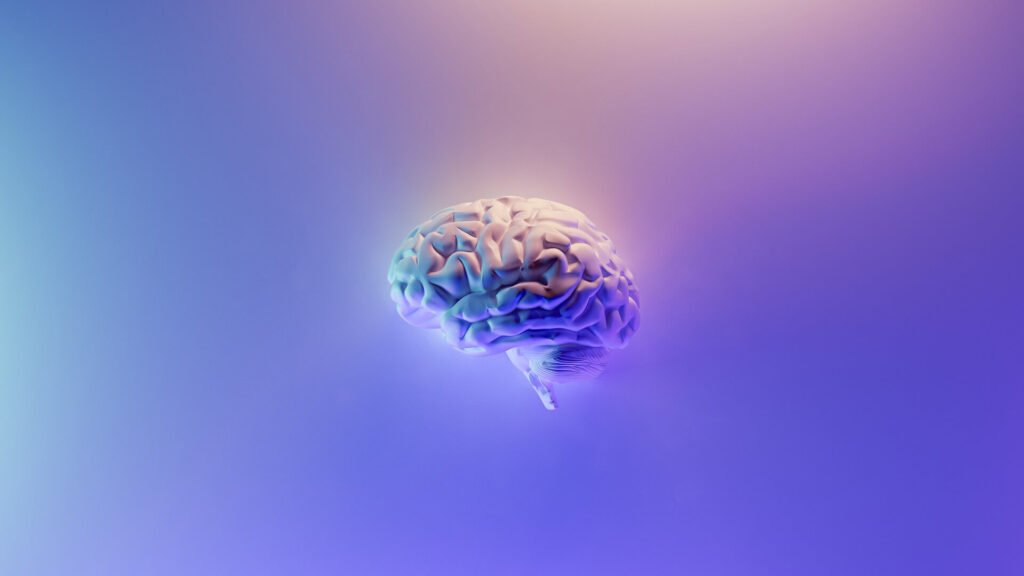Always-on: your protection against the triple forget threat

By Ellie Jackson, Chief Client Strategy Officer
Samwise Gamgee. Hermione Granger and Ron Weasley. Bat-girl. Most heroes have a trusty sidekick. It’s a well-understood trope of fiction: the dashing, if occasionally volatile, hero/ine needs a steady counterpart. The one who can be relied upon. They might not take center stage, but without them, the whole house of cards would come crashing down.
That’s how I think of campaigns vs. always-on. Naturally as marketers, we tend to think in campaign cycles. When it comes to new business pitches, our big focus will be the exciting campaign idea. At the end of our careers, it will be the big campaigns that we remember. But that mustn’t lead us to downplay the importance of always-on.
Always-on is our protection against what I call the triple threat of memory decay, competitor noise and competing priorities. Let me break that down a bit…
Memory decay
It’s the nature of memory to decay from the moment something is no longer in front of us – that’s just how the brain works. The speed of that decay will vary based on the impact the exposure had, the length of time that’s passed since and the other things competing for attention – but in all instances, it’s something we marketers are up against.
Competitor activity
If we accept the general premise that people have a certain capacity of mental availability for different aspects of their working life, we accept that we have to share our space with our direct and indirect competitors. And that means any activity from our competitors could hasten the memory decay for us.
Competing priorities
Related to the above, are simply the other priorities that will pull the focus from our product or service – especially if we straddle the line between ‘business-critical’ and ‘nice-to-have’, or where we’re trying to displace an existing supplier.
This ‘triple threat’ is especially damaging in our specialist sectors. We’re not in the business of FMCG: the majority of our clients’ prospects are actively in-market relatively infrequently. And because we know that – even for high mental involvement purchases like our clients’ products and services – top-of-mind awareness plays a high part in final purchase outcomes, we must prioritize springing to mind at the right moment.
Campaigns alone cannot deliver this. Sure – done successfully they’ll deliver the peaks of attention that should hold some degree of retention. But this is where we need ‘always-on’ to fill in the gaps – because we don’t know when they’ll suddenly shift into an active buyer state.
As Maria-Angela Sanzone, Head of Paid Social at JPMorgan Chase, said recently at Advertising Week New York: “It comes down to repetition and eliminating dark periods so that you always have a presence. It’s the right place with the right message at their right time, not a right time.”
If you’d like support balancing your campaigns and always-on activity, contact our team.

